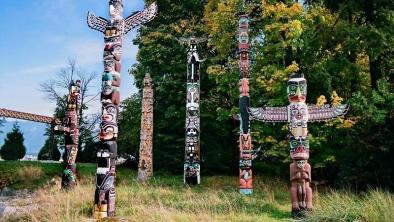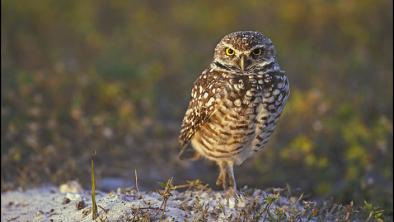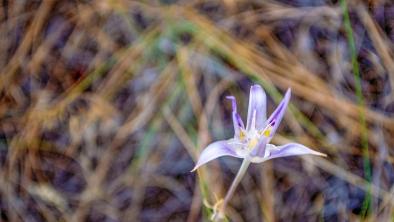Aboriginal support revives Okanagan park proposal
Globe & Mail

An alliance of four Indian bands has expressed support for a new national park reserve in the South Okanagan, a hot, dry region where sweeping pine forests give way to natural grasslands and sagebrush flats.
The announcement by the Okanagan Nation Alliance on Tuesday should give momentum to a proposal that seemed dead last year when the B.C. government withdrew from talks with Parks Canada, saying there wasn’t enough local support for the proposal.
Chief Robert Edward, of the Lower Similkameen band, said native groups in the area are united in wanting to see those talks resumed, with input from first nations.
“We want to be part of that discussion,” said Chief Edward.
He said native people in the area were initially worried about the park proposal, which was put forward by then-prime minister Jean Chrétien in 2003, because of concerns that aboriginal title and rights might be lost.
But an in-depth study by the Okanagan National Alliance, he said, has laid those concerns to rest.
And now the bands would like to see talks about the proposal resume.
And Chief Edward said a larger area than was initially proposed should be looked at, so that some areas sacred to native people can be included.
“This is a very, very significant announcement,” said Gwen Barlee, policy director for the Wilderness Committee.
“This park proposal wasn’t going to move forward without their support. … I am thrilled to bits.”
Ms. Barlee, who is based in Vancouver but who grew up in the Okanagan, said the proposed park reserve would cover an area near Osoyoos and Keremeos that is under increasing pressure for development.
“Every time I go back, I see another little piece has been lost.
“If we don’t seize the moment, the opportunity to save it will be lost,” she said.
The Okanagan Nation Alliance said in its report that chiefs will be writing to the B.C. Premier and cabinet asking that negotiations over the park be resumed.
Kevin McNamee, director of the protected areas branch for Parks Canada, said discussions were halted last year when the province withdrew from the process.
He said Parks Canada cannot proceed, except in partnership with B.C., and he wouldn’t speculate on whether he expected the province to ask for a resumption of talks.
“For now, both governments have agreed not to proceed,” he said.
Rob Fleming, environment critic for the B.C. NDP, and Dick Cannings, a well-known naturalist and author who is running for the NDP in the Okanagan, said in a joint statement that it is now up to the provincial government to get the issue moving again.
“It’s time for the B.C. government to get back to the table and work with local communities, businesses, first nations and Parks Canada,” Mr. Cannings said.
Mr. Fleming said a national park in the area “could bring substantial cultural, economic and ecological benefits to this unique region.”
In a statement, the Canadian Parks and Wilderness Society said establishing a national park in the South Okanagan would give the area a substantial economic boost.
“It will create stable, long-term jobs, increase visitor spending and generate tax revenue. On average, the creation of a national park in B.C. increases provincial GDP by $37.1-million per year,” CPAWS stated.
B.C. Environment Minister Terry Lake could not immediately be reached for comment, but he issued a brief statement saying he is aware of the Okanagan Nation Alliance report and needs time to review it.
“The province recognizes the important conservation values in the South Okanagan area, including some of the most ecologically valuable grasslands in British Columbia,” he said in an e-mail.
Photo: Gwen Barlee.


